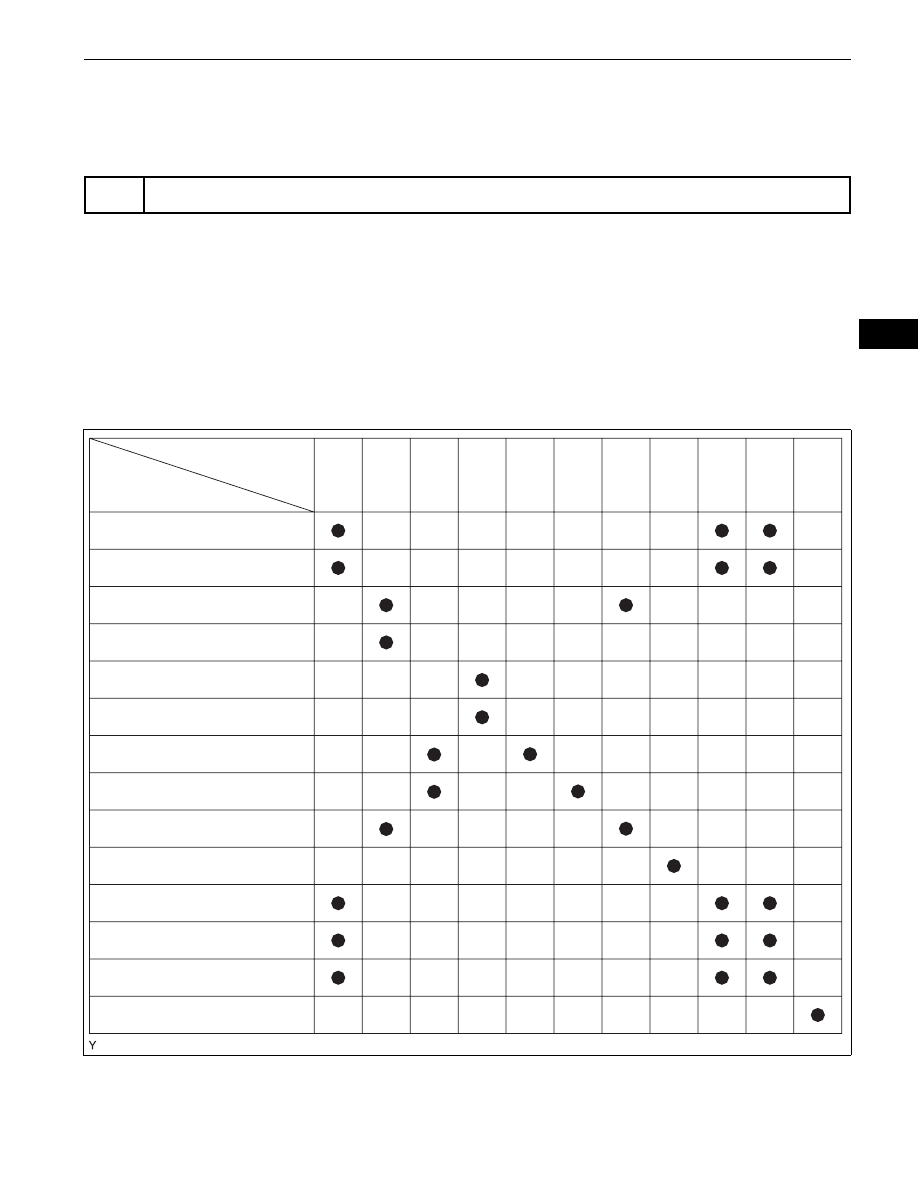Toyota FJ Cruiser (GSJ 10, 15 series). Instruction - part 102

1GR-FE ENGINE CONTROL SYSTEM – SFI SYSTEM
ES–363
ES
•
Read freeze frame data using an intelligent tester. Freeze frame data record the engine condition when
malfunctions are detected. When troubleshooting, freeze frame data can help determine if the vehicle
was moving or stationary, if the engine was warmed up or not, if the air-fuel ratio was lean or rich, and
other data, from the time the malfunction occurred.
(a) Turn the ignition switch OFF and wait for 10 seconds.
(b) Turn the ignition switch ON.
(c) Turn the ignition switch OFF and wait for 10 seconds.
(d) Connect an intelligent tester to the DLC3.
(e) Turn the ignition switch ON and turn the tester ON.
(f)
Select the following menu items: DIAGNOSIS /
ENHANCED OBD II / DTC INFO / CURRENT CODES.
(g) Confirm DTCs and freeze frame data.
If any EVAP system DTCs are set, the malfunctioning
area can be determined using the table below.
1
CONFIRM DTC
Malfunctioning Areas
Reference orifice clogged
Reference orifice high-flow
Purge VSV stuck open
Purge VSV stuck closed
Canister pressure sensor fixed
output
Canister pressure sensor noise
Canister pressure sensor high
output
Canister pressure sensor low
output
Gross leak
Small leak
Leak detection pump stuck OFF
Leak detection pump stuck ON
Vent valve stuck closed
Vent valve stuck open (vent)
DTCs
P043E
P043F
P0441
P0451 P0452 P0453 P0455 P0456
P2401
P2402
P2419 P2420
P0450
A106731E11